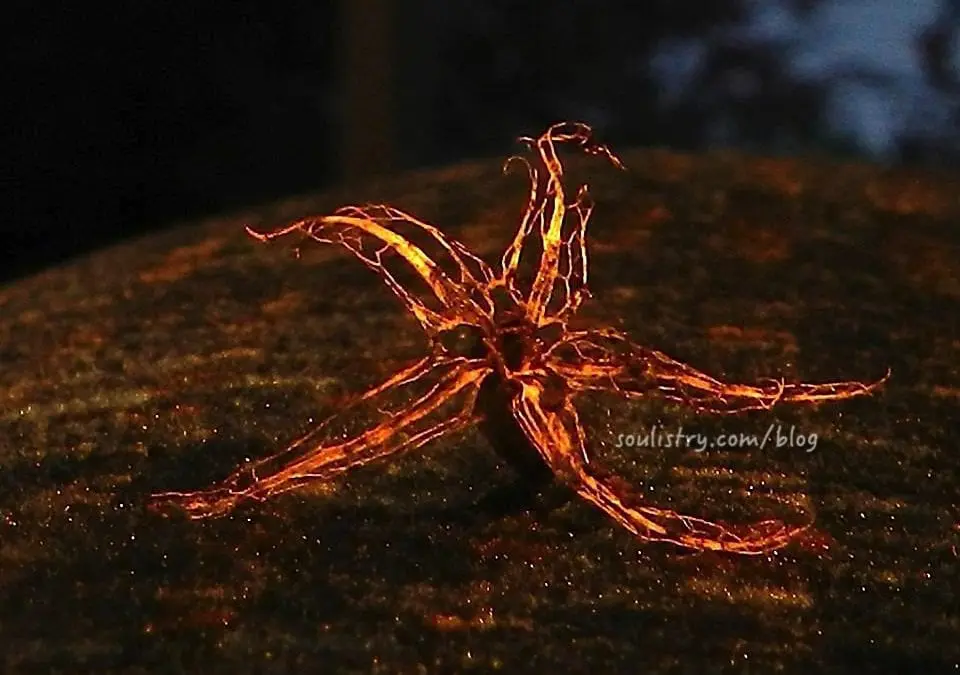Fragility … the quality of being broken, damaged, delicate, vulnerable, wounded, weak. These days, many want to live in a world that is healthy, durable, safe and strong. They don’t want to live in a world that is fragile. Many want to be perceived and perceive themselves as healthy, durable, strong and resilient. They don’t want to perceive themselves as fragile.
But, life can be fragile.
* Some leaders ignore the people they serve and instead, serve their personal greed and lust for power.
* Weather changes result in … breathing difficulties … homes being damaged or razed … people, animals, crops being injured and destroyed
* Killing of children happens … in classrooms … on the streets … in grandparents’ back yards … at concerts … churches … shops …
* Unexpected health issues erupt and lives … finances … relationships are disrupted.
* People of all ages live in fear of reprisal, prejudice, discrimination, ICE agents, revenge.
* The pandemic was real: people died and long-haul health issues are on-going for many.
* Wars continue with inexplicable horrors and devastating consequences.
Fragility.
Life can be fragile because … people don’t listen … feelings are hurt … relationships end … misunderstandings happen … trust is eroded. Fragility. Life can be fragile because the voice of reason is silenced by … greed … ambition … desire for personal power … egotism … revenge. Fragility. Democracy begins to fade. Fragility. Grief causes hearts to break. Fragility. But … fragility isn’t always negative / bad.
Fragility can be seen as … resilience … possibility … hope … strength. Think of the heart. It pumps blood through the body every moment … every single day of life. Hearts are strong and resilient. We are, too. Think of the eggshell. It can be easily broken. But put a raw egg, in its shell, in the palm of a hand and squeeze. Even under pressure, eggshells are strong. We are, too.
The “I-don’t-know-what-it-is object” (less than one inch in circumference) in this image (which unexpectedly appeared in my garden while I was weeding), was delicate, strong, tiny, beautiful … like spun-gold. Fragility.
As evidenced by the egg, the heart, and this “spun-like-gold-I-don’t-know-what-it-is” object, we need to take comfort and realize that out of fragility, there is hope! Especially in these oh-so-difficult days.
Mindful that others have lived in difficult and fragile times before us (war, plague, violence, corruption), we can be hopeful … even if only for a moment. And then – we can be hopeful for another moment … and another … and another. Survival in the midst of fragility IS possible.
****
© June Maffin
www.facebook.com/groups/soulistry
https://soulistry.com/blog
www.medium.com/@junemaffin
soulistryjune.bsky.social

www.facebook.com/groups/soulistry
https://soulistry.com/blog
www.medium.com/@junemaffin
soulistryjune.bsky.social
Discover more from Soulistry.com
Subscribe to get the latest posts sent to your email.

Beautifully written! Thank you!
This really moved me, June. You expressed the true nature of wabi sabi…seeing beauty in the fragile, broken, even the decaying. And most of all, noticing and being moved by the most fragile and fleeting small but mighty things like that delicate seed pod. Indeed you were given a gift. Thanks for sharing.
So beautiful. So fragile. You are so observant to not miss these golden moments.
Thank you June. I love the idea that even though things, situations, and people may appear to be fragile, there is a resilience there, an inner strength that may not be always apparent, but nevertheless is innate in everyone. Nothing and no one is beyond hope.